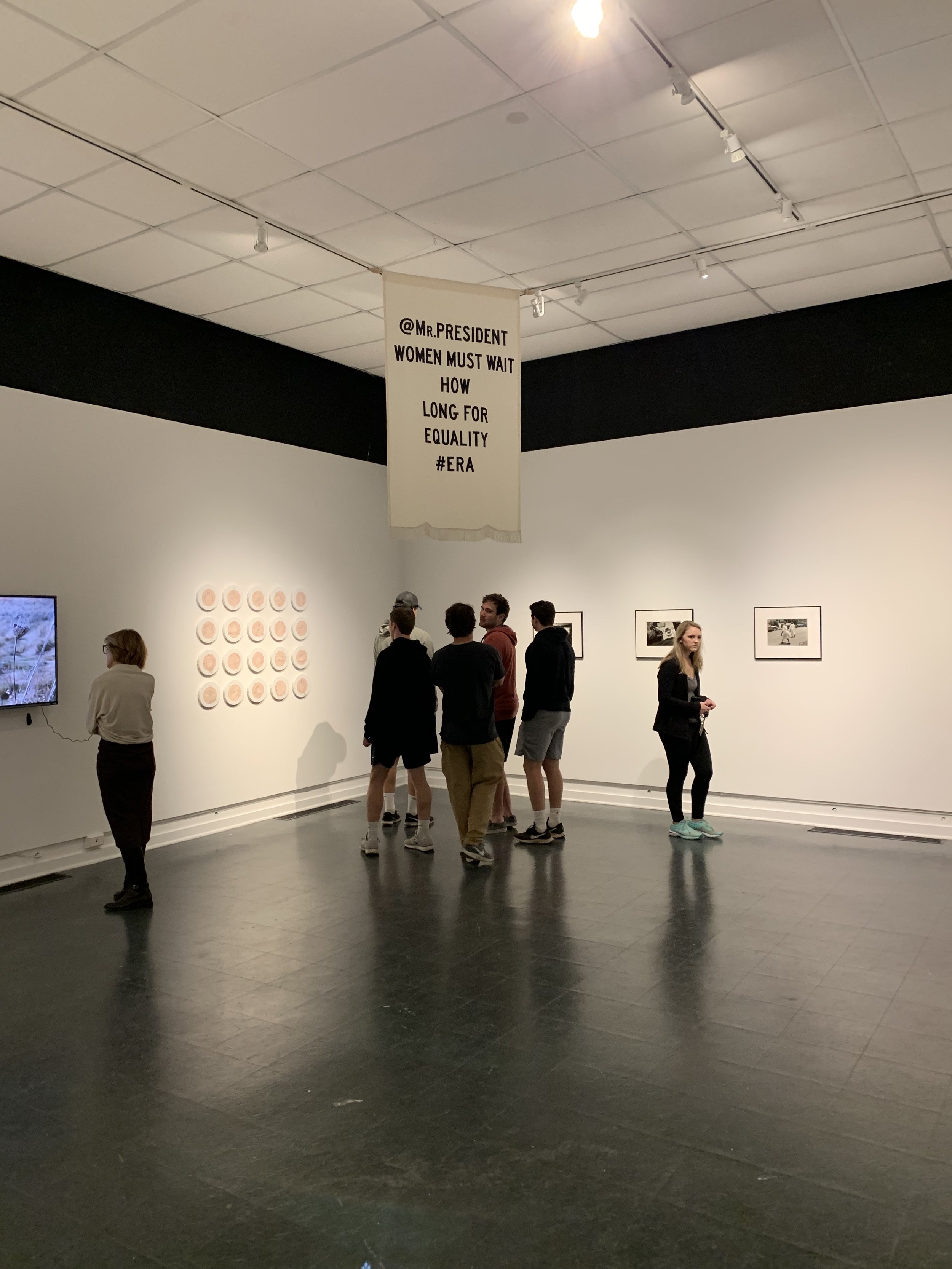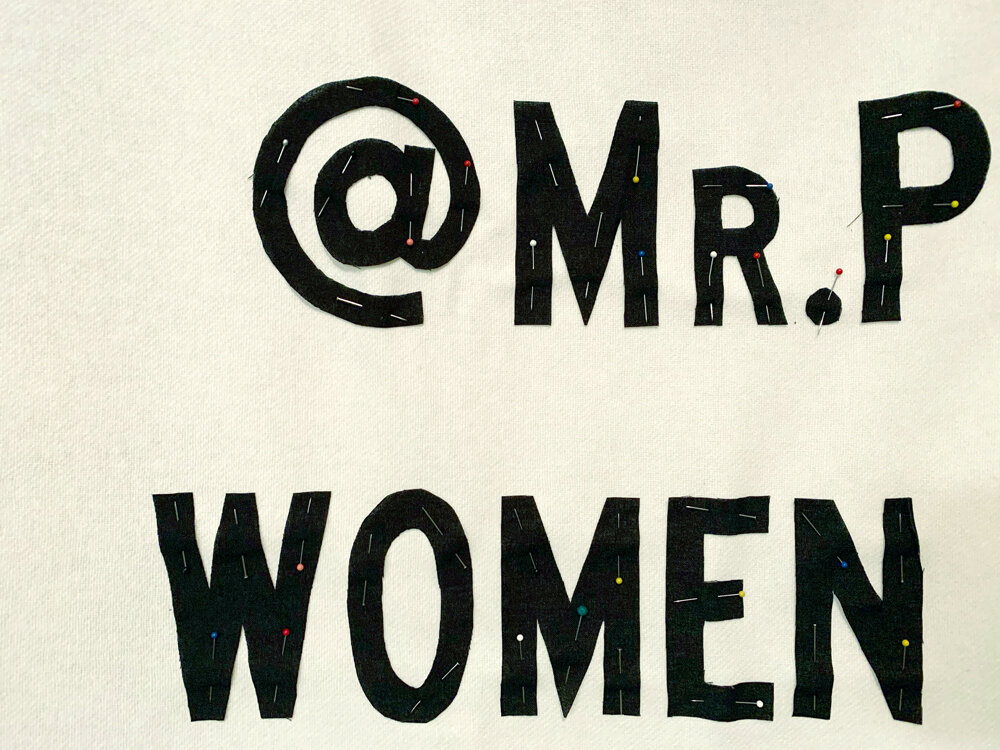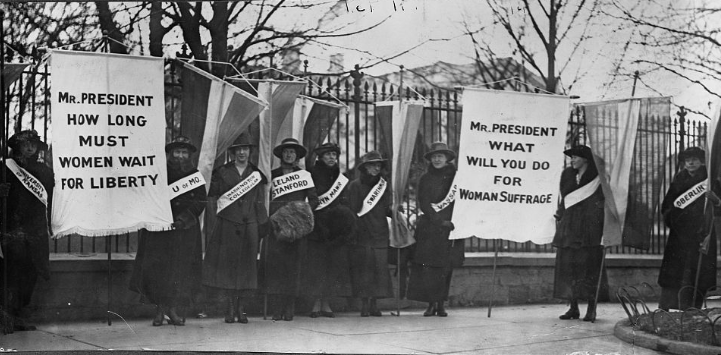Vote for Women
This work was inspired by the suffragists who petitioned and protested the US government to pass the 19th amendment. The work of Alice Paul, author of the not yet passed Equal Rights act, and other suffragists with the National Women’s party (dubbed the Silent Sentinels) were the first-ever picketers of the White House. These initial silent, non-violent protests set the stage for numerable social justice protests for a variety of causes over the following century. Yet, at the same time, the very leaders fighting for the rights of women were themselves excluding women of color. I myself was unaware of this fact prior to the research I conducted for recent work regarding the movement, and that revelation did not come from the “official” sources, like the National Women’s party, or the National Archive, etc. This concern was also raised regarding more current protests like the Women’s March in 2017. Ironically, while much has changed, much has not and much is yet needing rectification and acknowledgement. I find the text used on the early 1900s banners and signs still resonates today, and have remixed their words in the style of today’s communications.




